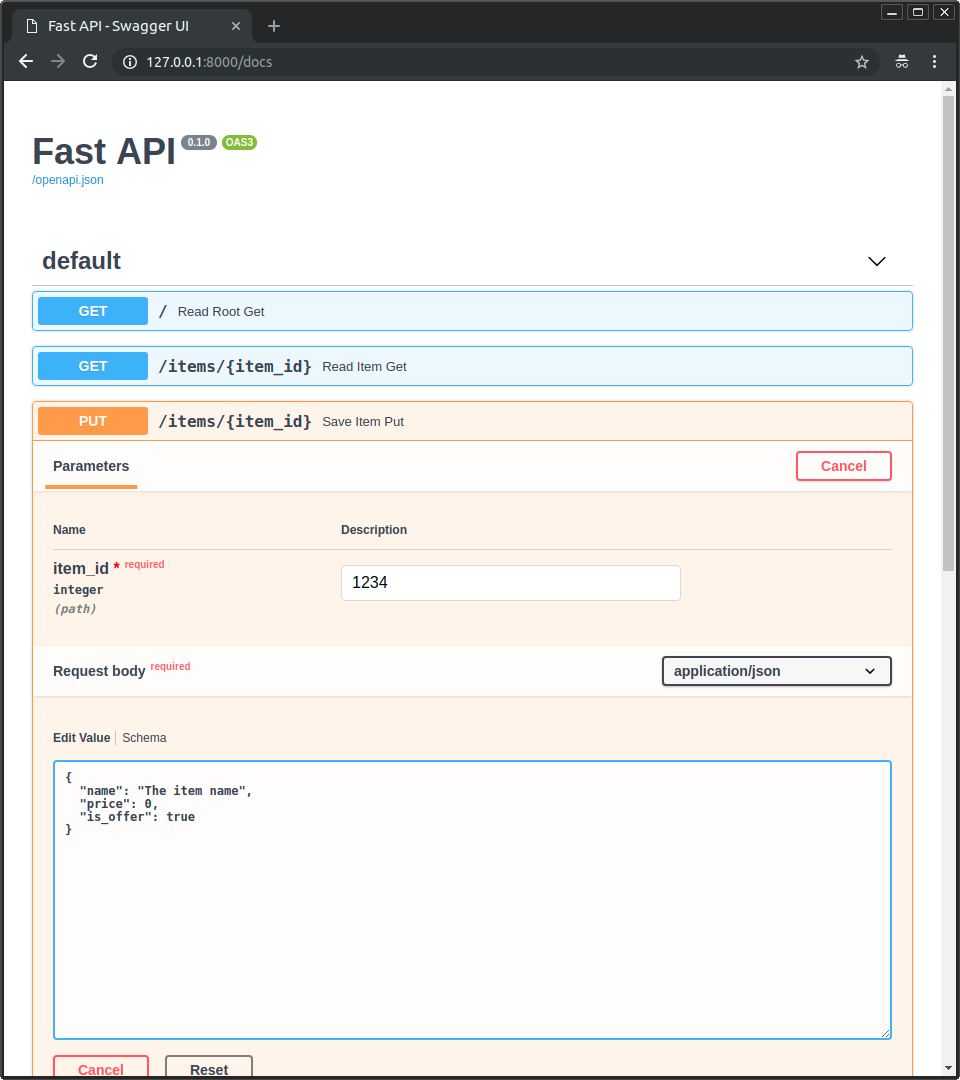- Sort Score
- Result 10 results
- Languages All
Results 51 - 60 of 60 for envvars (0.12 sec)
-
cmd/kubeadm/app/phases/controlplane/manifests.go
// NB. this method holds the information about how kubeadm creates static pod manifests. func GetStaticPodSpecs(cfg *kubeadmapi.ClusterConfiguration, endpoint *kubeadmapi.APIEndpoint, proxyEnvs []kubeadmapi.EnvVar) map[string]v1.Pod { // Get the required hostpath mounts mounts := getHostPathVolumesForTheControlPlane(cfg) if proxyEnvs == nil { proxyEnvs = kubeadmutil.GetProxyEnvVars() }
Registered: Sat Jun 15 01:39:40 UTC 2024 - Last Modified: Sun Mar 03 14:43:47 UTC 2024 - 17.8K bytes - Viewed (0) -
pkg/kubelet/cm/devicemanager/pod_devices.go
Registered: Sat Jun 15 01:39:40 UTC 2024 - Last Modified: Sat Jan 27 02:10:25 UTC 2024 - 16.7K bytes - Viewed (0) -
src/cmd/internal/dwarf/dwarf.go
// Indices of child inlines within Calls array above. Children []int // entries in this list are PAUTO's created by the inliner to // capture the promoted formals and locals of the inlined callee. InlVars []*Var // PC ranges for this inlined call. Ranges []Range // Root call (not a child of some other call). Root bool } // A Context specifies how to add data to a Sym.
Registered: Wed Jun 12 16:32:35 UTC 2024 - Last Modified: Wed Mar 06 15:23:18 UTC 2024 - 43K bytes - Viewed (0) -
pkg/apis/core/fuzzer/fuzzer.go
v := reflect.ValueOf(p).Elem() for _, field := range intFieldsWithDefaults { f := v.FieldByName(field) if f.Int() == 0 { f.SetInt(1) } } }, func(ev *core.EnvVar, c fuzz.Continue) { ev.Name = c.RandString() if c.RandBool() { ev.Value = c.RandString() } else { ev.ValueFrom = &core.EnvVarSource{} ev.ValueFrom.FieldRef = &core.ObjectFieldSelector{}
Registered: Sat Jun 15 01:39:40 UTC 2024 - Last Modified: Mon Feb 26 04:32:01 UTC 2024 - 18.5K bytes - Viewed (0) -
pkg/kubelet/util/manager/cache_based_manager_test.go
envSource := &v1.EnvVarSource{ SecretKeyRef: &v1.SecretKeySelector{ LocalObjectReference: v1.LocalObjectReference{ Name: name, }, }, } container.Env = append(container.Env, v1.EnvVar{ValueFrom: envSource}) } pod.Spec.Containers = append(pod.Spec.Containers, container) } return pod } func TestCacheInvalidation(t *testing.T) { fakeClient := &fake.Clientset{}Registered: Sat Jun 15 01:39:40 UTC 2024 - Last Modified: Tue Jun 04 06:25:43 UTC 2024 - 19.6K bytes - Viewed (0) -
staging/src/k8s.io/apimachinery/pkg/util/net/http.go
func NewProxierWithNoProxyCIDR(delegate func(req *http.Request) (*url.URL, error)) func(req *http.Request) (*url.URL, error) { // we wrap the default method, so we only need to perform our check if the NO_PROXY (or no_proxy) envvar has a CIDR in it noProxyEnv := os.Getenv("NO_PROXY") if noProxyEnv == "" { noProxyEnv = os.Getenv("no_proxy") } noProxyRules := strings.Split(noProxyEnv, ",") cidrs := []*net.IPNet{}
Registered: Sat Jun 15 01:39:40 UTC 2024 - Last Modified: Sat Mar 05 00:08:58 UTC 2022 - 20.8K bytes - Viewed (0) -
docs/pt/docs/deployment.md
* O conteúdo está encriptado, mesmo embora ele esteja sendo enviado com o protocolo HTTP.
Registered: Mon Jun 17 08:32:26 UTC 2024 - Last Modified: Thu Aug 18 16:16:54 UTC 2022 - 16.8K bytes - Viewed (0) -
docs/es/docs/index.md
 * Luego haz click en el botón de "Execute". La interfaz de usuario se comunicará con tu API, enviará los parámetros y recibirá los resultados para mostrarlos en pantalla:  ### Mejora a la documentación alternativa de la API
Registered: Mon Jun 17 08:32:26 UTC 2024 - Last Modified: Mon Apr 29 05:18:04 UTC 2024 - 19K bytes - Viewed (0) -
docs/pt/docs/index.md
 * Então clique no botão "Execute", a interface do usuário irá se comunicar com a API, enviar os parâmetros, pegar os resultados e mostrá-los na tela:  ### Evoluindo a Documentação Alternativa da API
Registered: Mon Jun 17 08:32:26 UTC 2024 - Last Modified: Mon Apr 29 05:18:04 UTC 2024 - 18.6K bytes - Viewed (0) -
docs/pt/docs/async.md
Esse é o caso da maioria das aplicações web. Geralmente são muitos usuários, e seu servidor está esperando pelas suas conexões não tão boas para enviar as requisições. E então esperando novamente pelas respostas voltarem. Essa "espera" é medida em microssegundos, e ainda assim, somando tudo, é um monte de espera no final.
Registered: Mon Jun 17 08:32:26 UTC 2024 - Last Modified: Thu Apr 18 19:53:19 UTC 2024 - 22.2K bytes - Viewed (0)